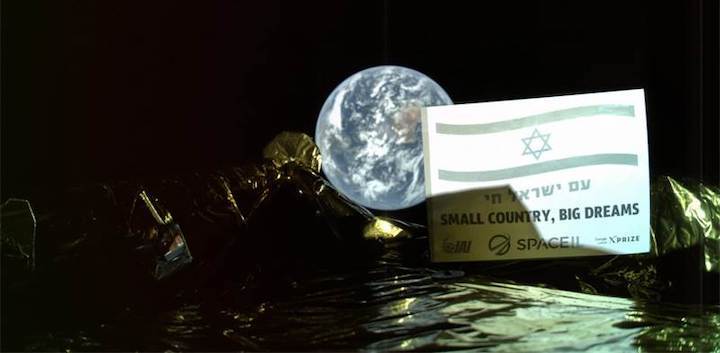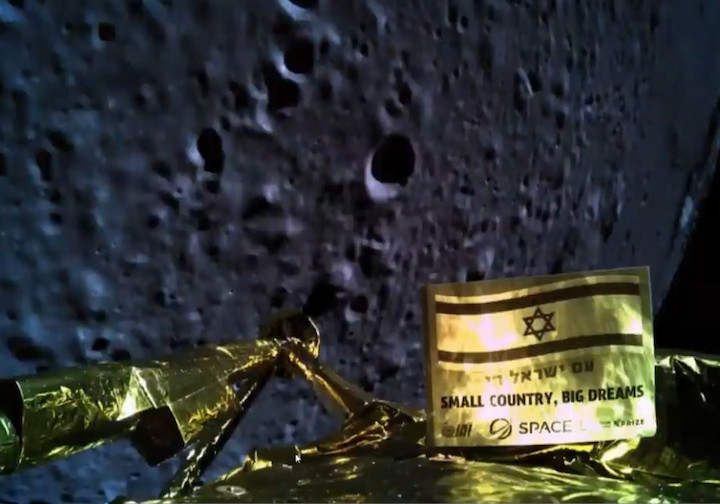26.06.2019

Although the first spacecraft crashed on landing, SpaceIL said the project was perceived as a success and repeating it was not a big enough challenge.

Two and a half months after Beresheet lunar spacecraft crashed onto the surface of the moon, and SpaceIL announced work would begin on a second moonshot, the project has now been canceled. SpaceIL's management committee met yesterday and after lengthy discussions announced that a Beresheet2 project would not be challenging enough.
SpaceIL said that despite the disappointing results of the landing, the overall journey is perceived as a success and breakthrough in Israel and worldwide and will have a significant impact on mankind's future voyages to the moon.
SpaceIL said, "The feedback that we received from many professional bodies around the world over the weeks since the landing indicate that the mission was perceived as exceptionally successful and broke many world records." Among those records that SpaceIL was referring to were the fact that the spacecraft was built and sent to the moon on by far the lowest-ever budget ($100 million compared with the billions spent by the US, Soviet Union and China), and took the furthest route to the moon. It was also the first-ever space voyage funded privately and the smallest craft to reach the moon.
SpaceIL said that, "A similar voyage to the moon would not set the required threshold for a breakthrough mission and therefore it has been decided to seek a more significant challenge." SpaceIL will look to the public for suggestions on such a challenge and hopes that the "Beresheet effect" will have an impact on today's younger generation.
Israeli billionaire businessman Morris Kahn funded most of the Beresheet program and for his contribution to the spacecraft, he was honored by being asked to light one of the torches at the Independence Day ceremony on Mount Herzl in Jerusalem.
Quelle: GLOBES
